Satellite imagery suggests that islanders lived sustainably rather than overexploiting resources.


Satellite imagery suggests that islanders lived sustainably rather than overexploiting resources.
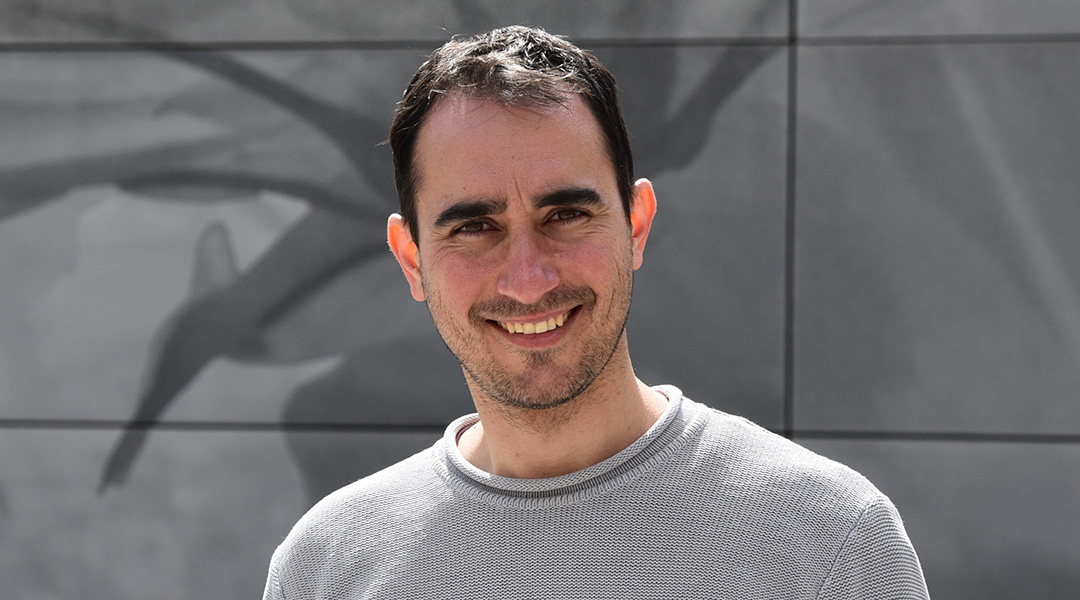
Future 6G wireless networks will rely on quantum computers, but developing the technology and making it sustainable is complex.
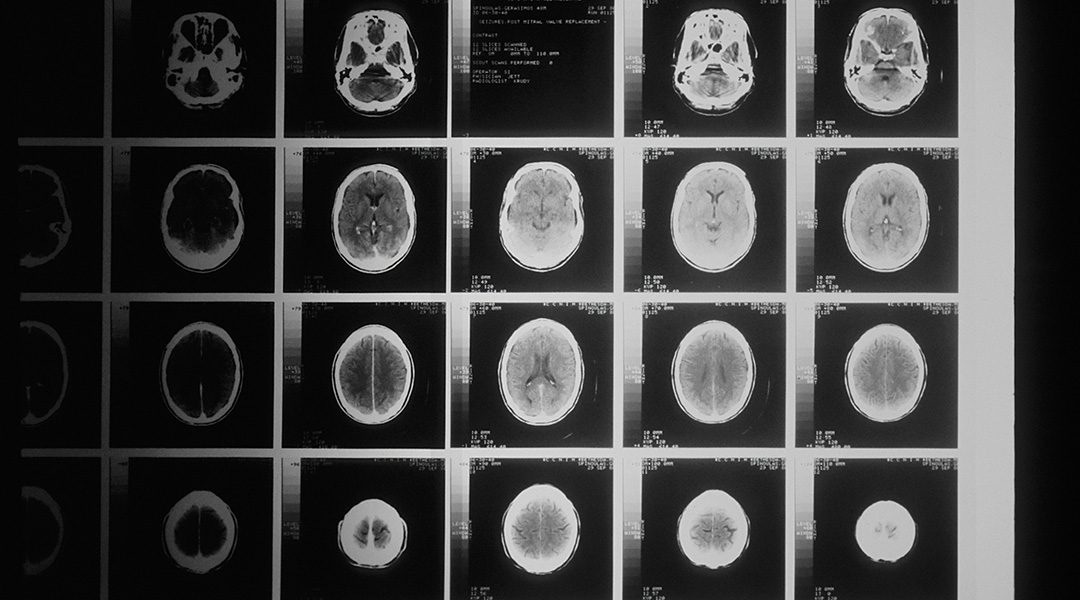
A neural network was able to evaluate connections between brain structure and clinical data to predict psychiatric disorders in youth.
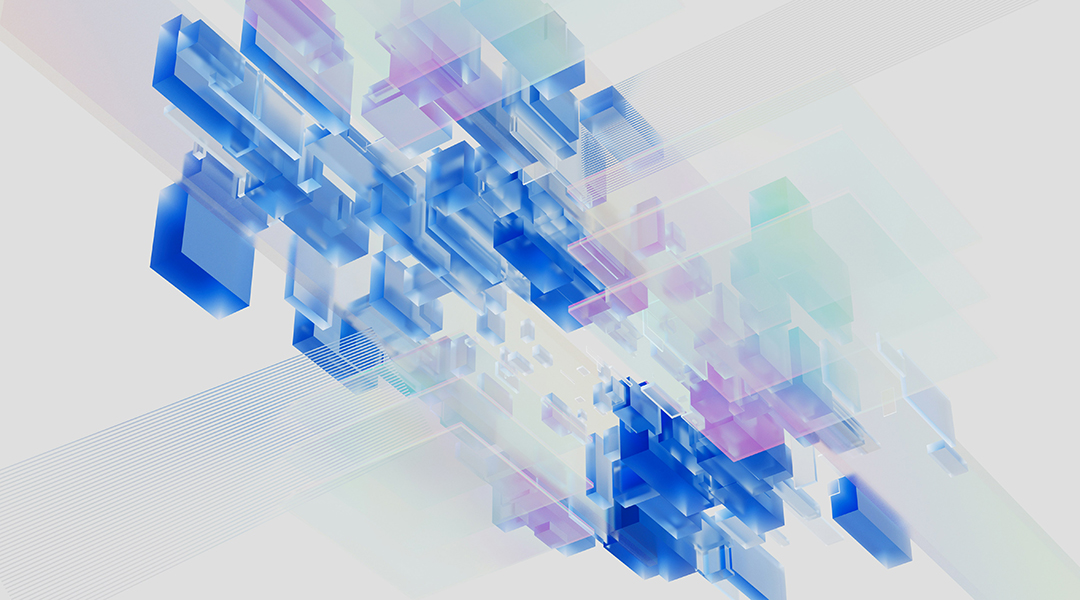
People recognize their own biases in algorithms’ decisions more than they do in their own—even when those decisions are the same.
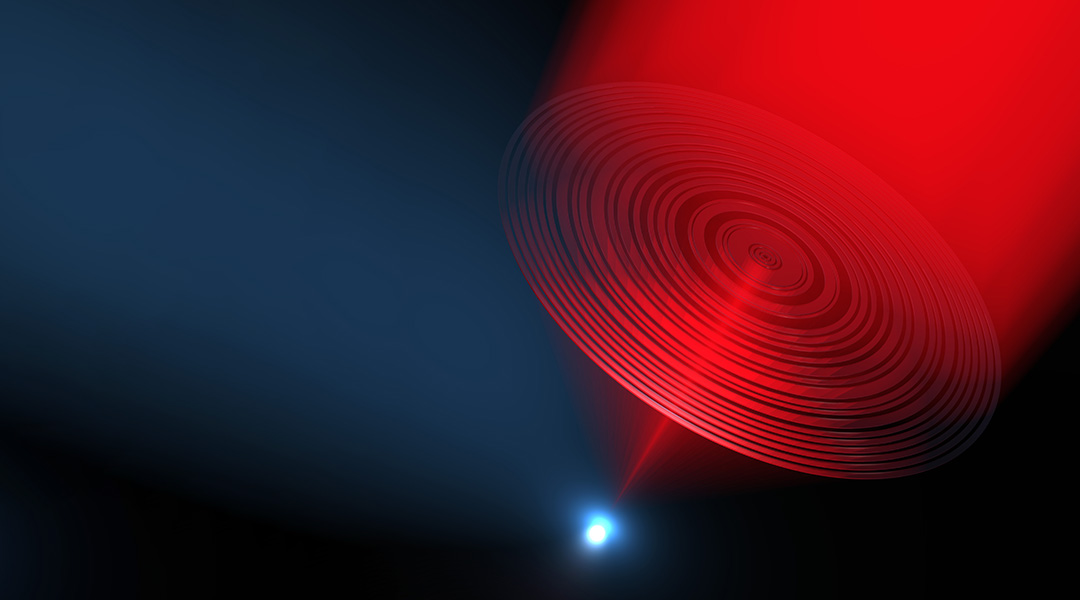
New research lays out the future of a pioneering form of electromagnetic imaging.
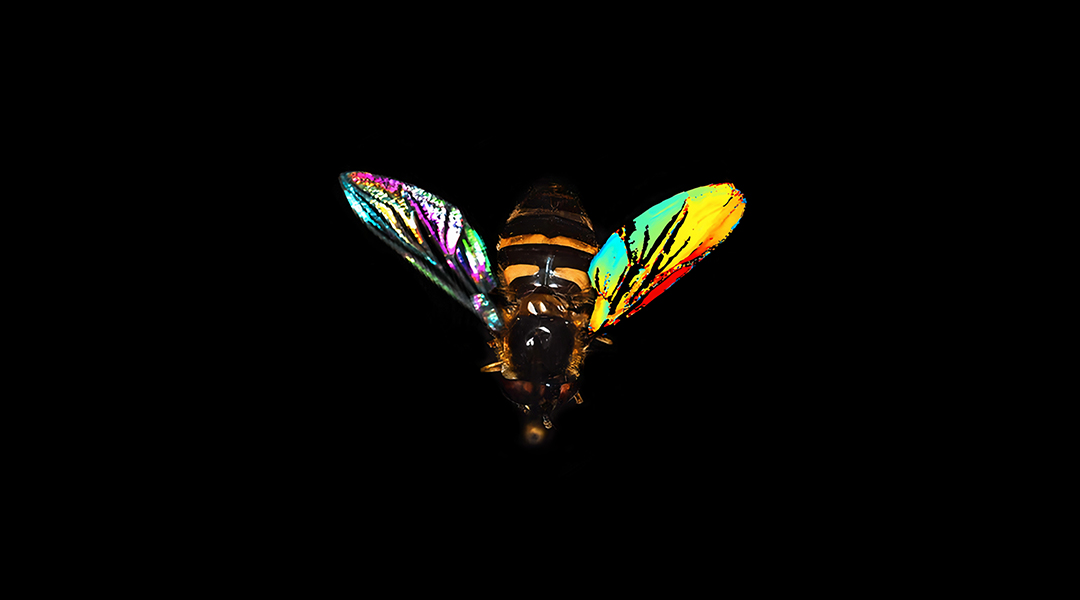
A revolutionary light-based tool decodes hover fly wing spectra in real time, addressing insect surveillance gaps to monitor the unfolding biodiversity crises.

Scientists find unique amino acid patterns linked to aging, offering insights that may help extend our healthspan.
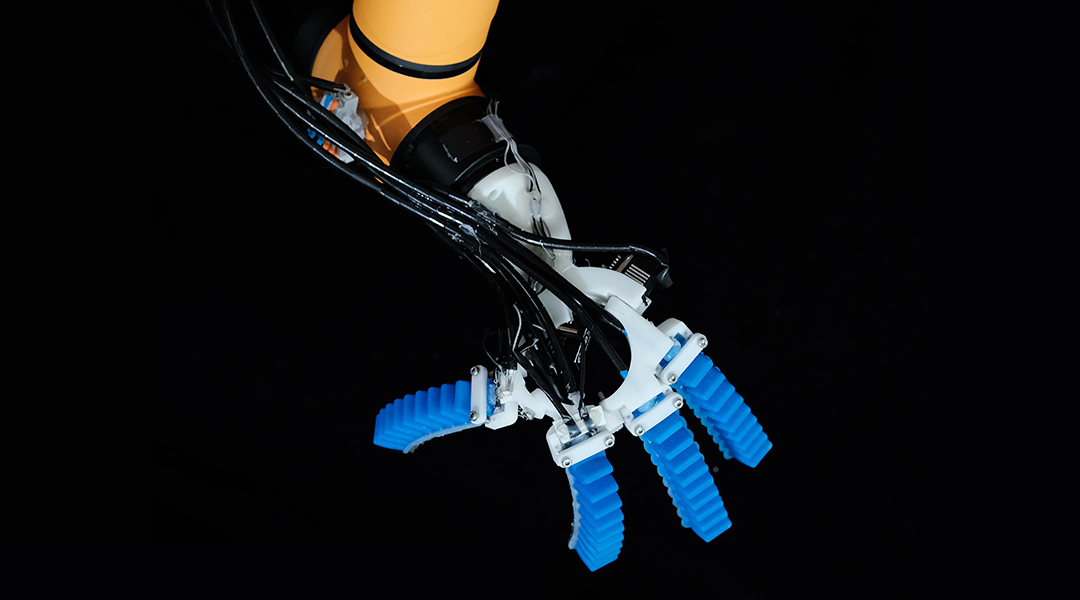
Groundbreaking soft sensors enable robots to both see and feel, paving the way for robots that can autonomously interact with and understand their environment.

An innovative blood test designed to identify chronic fatigue syndrome, and potentially applicable to long COVID and Lyme disease, boasts 91% accuracy.

Microsystems engineer Can Dincer builds disposable devices to enable personalized medicine.